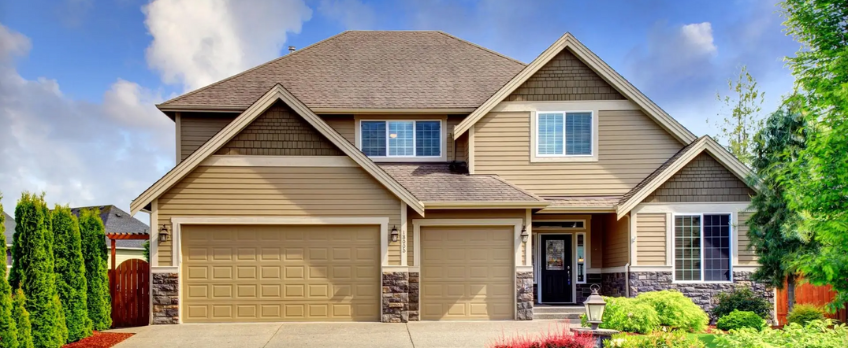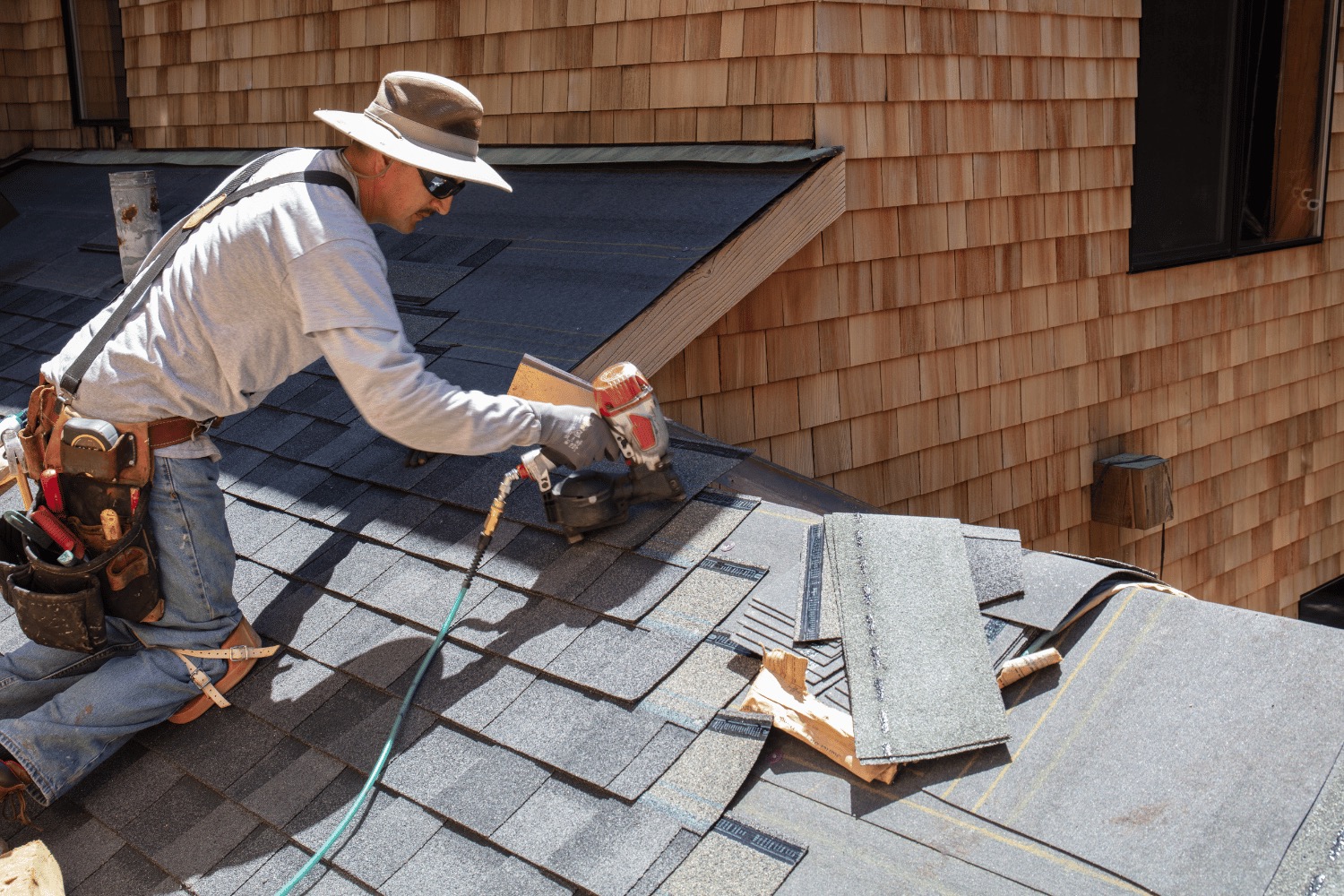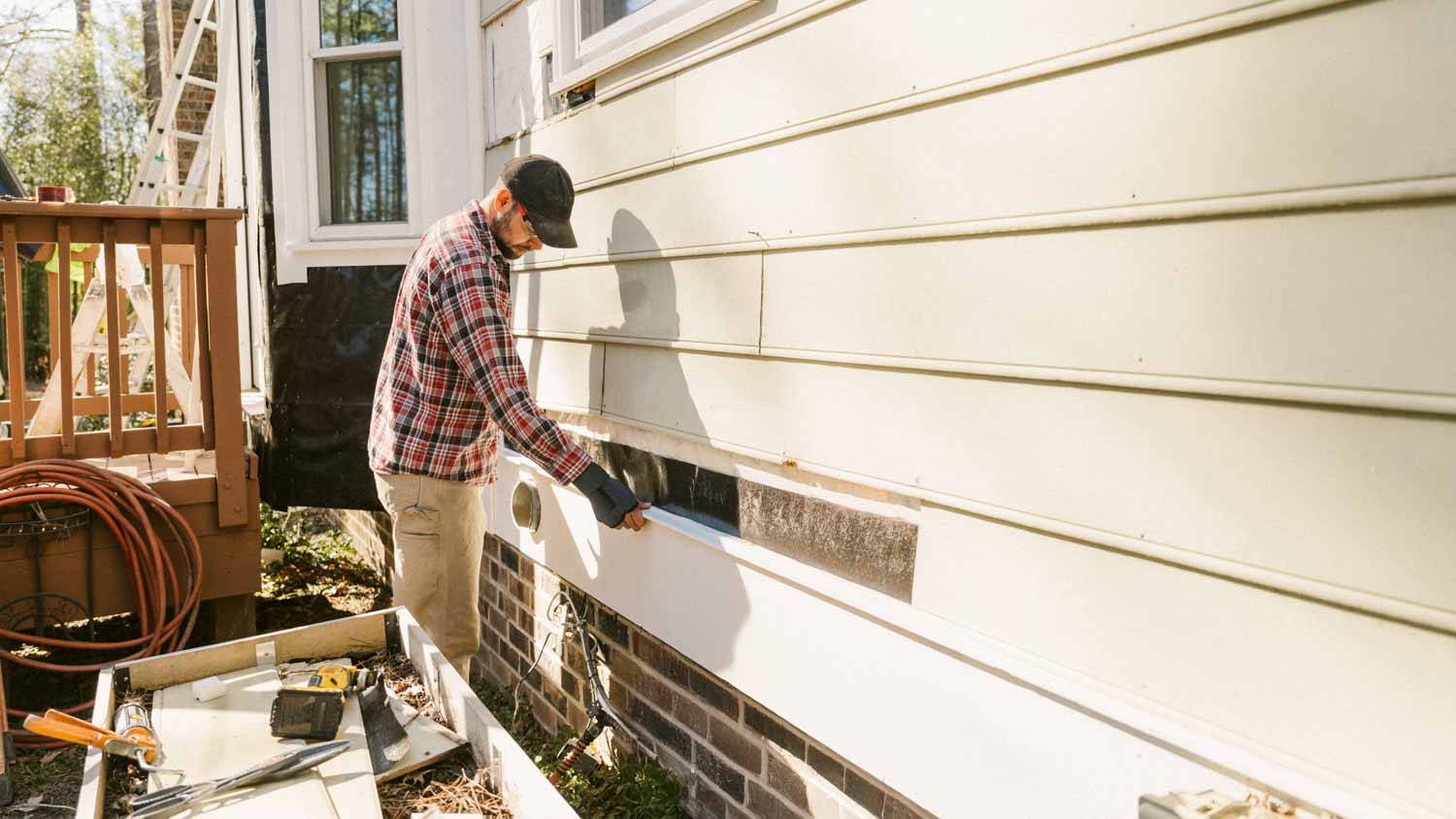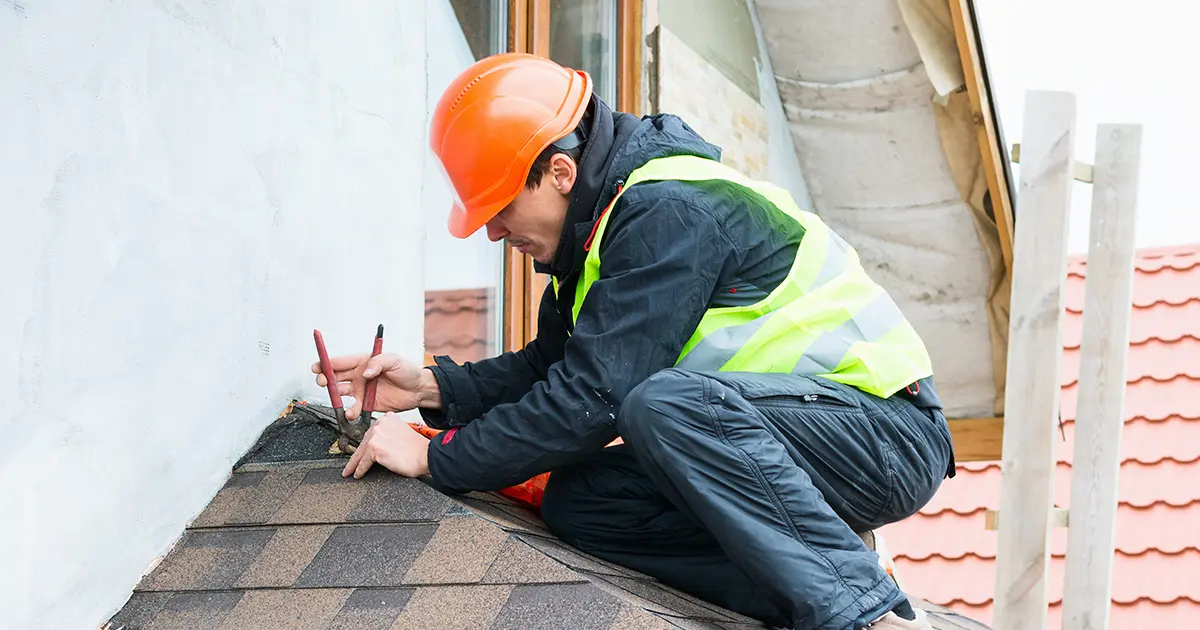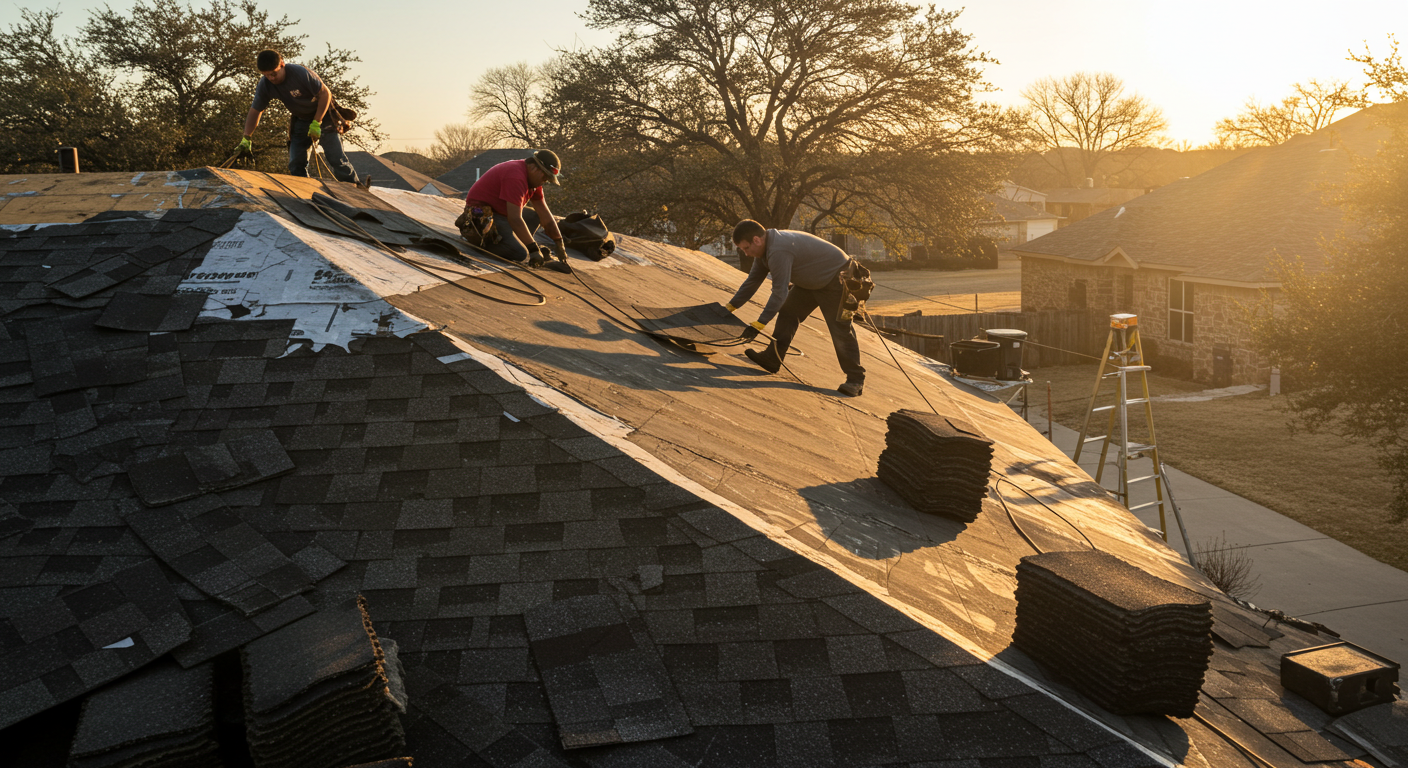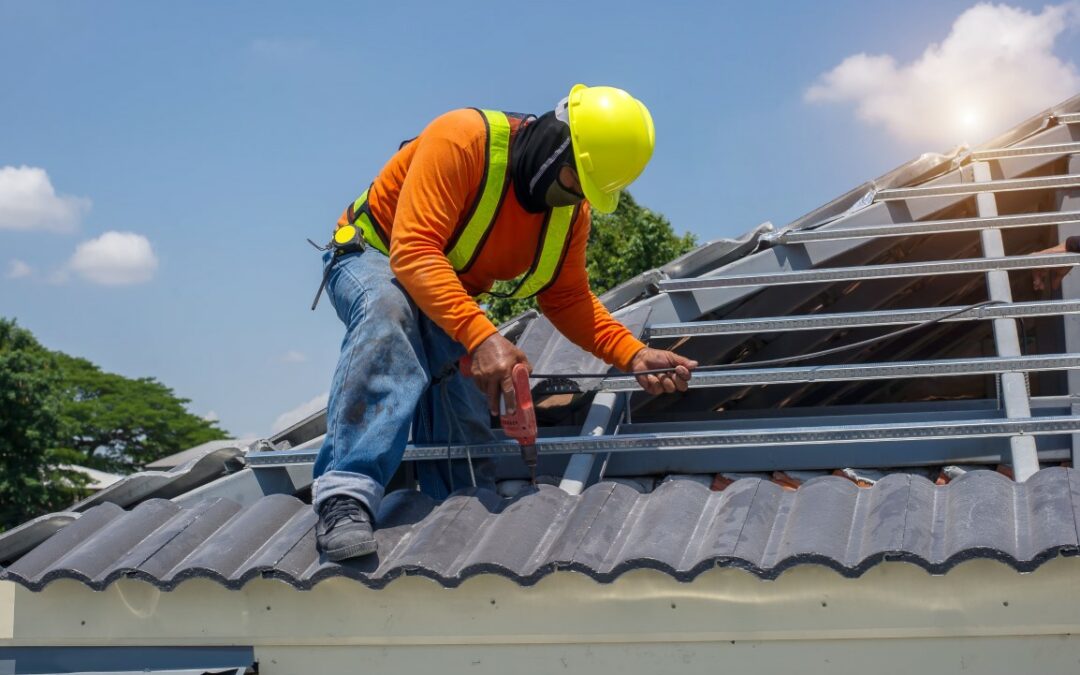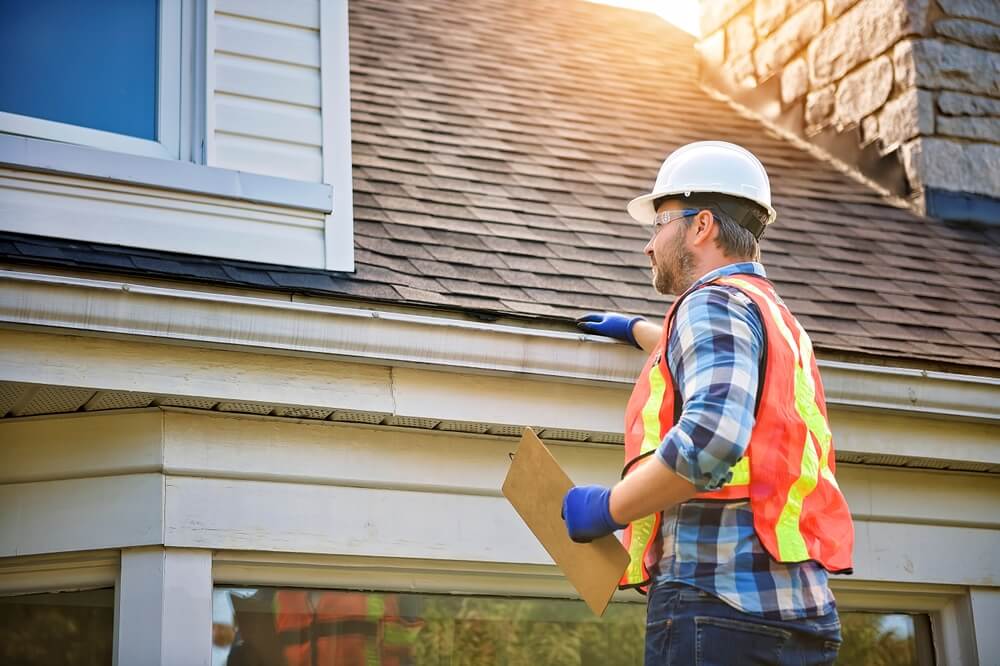How to Choose Best Roofing Options for Your Needs
When it comes to the construction of a new home, every decision matters, especially your choice of roofing. The roof impacts energy efficiency, and protects your home from any outdoor elements. Choosing the right roofing system from the start gives you long-term durability and cost-efficiency.
Here are some key factors to consider when selecting the perfect roof for your new home: materials, insulation, durability, and budget. After knowing all the variables, you can make a decision and get a roof that is in line with your style and budget.
Why Roofing Matters in New Home Construction
A poorly chosen or installed roof can result in major issues, including leaks, insulation problems, or even structural damage. For homeowners involved in the construction of a new home, it’s important to select a roofing solution that fulfills your functional and aesthetic needs.
1. Assess Your Local Climate
Your local weather conditions should be the first thing to think about when choosing a new home roof. Different materials respond differently to rain, snow, wind, and heat.
- Cold and snowy climates: Metal and slate roofs are ideal. Metal sheds snow easily and is resistant to moisture.
- Hot and dry areas: Clay tiles and concrete roofing perform best by reflecting heat.
- Humid or rainy regions: Asphalt shingles and metal roofing offer excellent moisture resistance.
- Storm-prone zones: Look for roofing systems rated for wind resistance and impact protection.
Getting a roof that guards you from the local climate protects your investment and improves your home’s energy efficiency.
2. Compare Popular Roofing Materials
You can find many roofing options, and each has its own pros, cons, and cost implications. Here are the most commonly used materials for a new roof for home projects:
1. Asphalt Shingles
Pros
- Affordable, easy to install, widely available.
Cons:
- Shorter lifespan (15–30 years), susceptible to wind damage.
Best for:
- Budget-conscious homeowners in mild climates.
2. Metal Roofing
Pros:
- Long-lasting (40–70 years), energy-efficient, recyclable.
Cons:
- Higher upfront cost, may be noisy during rain.
Best for:
- Homes in snow-prone or hurricane-prone areas.
3. Clay or Concrete Tiles
Pros:
- Fire-resistant, very durable (50+ years), great insulation.
Cons:
- Heavy, expensive, requires structural reinforcement.
Best for:
- Hot, dry climates and Mediterranean-style homes.
4. Slate Roofing
Pros:
- Extremely durable (75–100 years), luxurious appearance.
Cons:
- High cost, very heavy, fragile underfoot.
Best for:
- High-end or traditional-style homes in wet or cold climates.
5. Wood Shingles/Shakes
Pros:
- Natural look, good insulation, and eco-friendly.
Cons:
- Prone to fire, insects, and rot without treatment.
Best for:
- Rustic homes or cottage-style construction.
6. Synthetic Roofing (Rubber, Plastic, Polymer)
Pros:
- Lightweight and durable. Often designed to mimic natural materials.
Cons:
- Varies by manufacturer; some may not last as long.
Best for:
- Homeowners wanting the look of tile or slate at a lower cost.
3. Set a Roofing Budget
Which roof you get largely depends on your budget. But remember, cheaper up front doesn’t always mean better value in the long run. Consider:
- Material cost
- Labor/installation
- Lifespan
- Energy savings
- Warranty coverage
For instance, while asphalt shingles are cheaper to install, a metal roof could last twice as long with minimal maintenance. That could make it a smarter investment for your home.
4. Match Roofing Style With Home Design
Still wondering which is best for your home? Here’s what you should consider:
- Modern or contemporary homes: Flat or low-pitched roofs with metal or synthetic panels.
- Traditional or Colonial homes: Asphalt shingles or slate for classic charm.
- Mediterranean or Spanish homes: Clay tiles are iconic and functional.
- Cottages or cabins: Wood shakes or metal roofing for rustic warmth.
The color of the roof should also be chosen more thoughtfully, light-colored roofs reflect sunlight and are better for warm climates, while darker tones absorb heat and are more suited for cooler areas.
5. Focus on Energy Efficiency
Energy-efficient roofing helps lower your heating and cooling costs while keeping your home comfortable. Features you should look for:
- Reflective coatings: Help deflect UV rays and reduce heat absorption.
- Cool roof materials: Designed to reflect more sunlight and emit absorbed heat.
- Proper insulation and ventilation: Guarantees stable indoor temperatures and lowers moisture buildup.
Metal and tile roofs are among the best performers when it comes to energy efficiency, especially when paired with high-quality underlayment and attic ventilation.
6. Evaluate Maintenance Requirements
You must get a grasp on the level of maintenance your new roof will need over time before finalizing it.
- Low-maintenance: Metal, slate, and synthetic roofs commonly require minimal care.
- Moderate maintenance: Asphalt shingles might need routine inspections and occasional replacements.
- High-maintenance: Wood shingles require regular sealing and are more vulnerable to moisture damage.
Ask your roofing contractor about recommended maintenance schedules to keep your roof looking like new for a long time.
7. Choose a Reliable Roofing Contractor
Even the best roofing material will fail if installed incorrectly. That’s why selecting an experienced, reputable contractor is just as important as choosing the roofing itself.
Tips for hiring the right roofing contractor:
- Verify licenses and insurance
- Go through online reviews and references
- Request a detailed written estimate
- Ask about warranties on materials and labor
- Look for a contractor with experience in new home roofing
At Brian LeBlanc Roofing, we are experts in roofing solutions for new construction homes. Our team helps you choose the right material, conducts proper installation, and gives you support even after the job.
8. Understand Roofing Warranties
Warranties protect your investment—most roofing warranties fall into two categories:
- Manufacturer’s warranty: Covers defects in roofing materials.
- Workmanship warranty: Covers errors in installation by the contractor.
Always review your warranty terms carefully, and make sure your chosen materials are installed by certified professionals to keep coverage valid.
Make Your Roofing Decision Carefully
Whether you go for asphalt shingles, sleek metal, elegant slate, or rustic wood, your new roof should be a sustainable and stylish part of your home.
Need help with your new roof for home construction? Let the experts at Brian LeBlanc Roofing help you find the perfect roofing solution. From design consultation to flawless installation, we’re here to help you with all your queries or problems.


